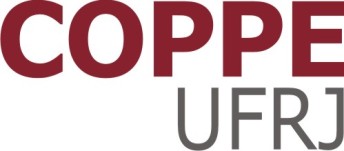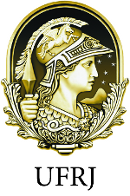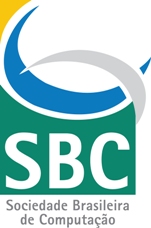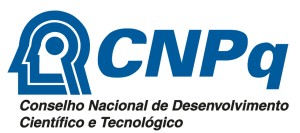
Keynote 1 - The Plug & Network paradigm: a new way for designing network architectures
Guy Pujolle
Laboratoire d'Informatique de Paris 6, LIP6
Université Pierre et Marie Curie (UPMC) - France
November 16 - 8:30-9:30
Abstract: The objective of this presentation is to introduce a new paradigm: the “Plug &Network” concept. This concept allows to derive new network architectures ranging from completely centralized architectures to fully distributed solutions. We will examine the pros and cons of these different architectures to try to imagine architectures that should be deployed in five to ten years from now.
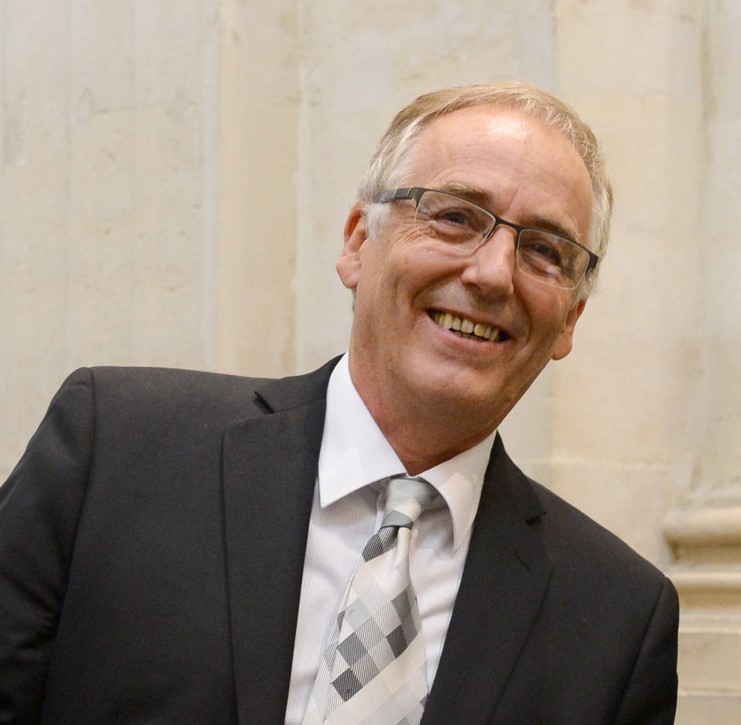
Short bio: Guy Pujolle is a computer science professor at Pierre et Marie Curie University - Paris 6 during 1981-1993 and from 2000 to the present day, a member of The Royal Physiographical Academy of Lund, Sweden, and a distinguished visiting professor at UFRJ (University Federal of Rio de Janeiro) from 2013. Before, he was a member of the Institut Universitaire de France from 2009 to 2014, a distinguished professor at the Division of IT Convergence Engineering of POSTECH, the Pohang University of Science and Technology, Korea, from 2011 to 2013. He was appointed by the Education Ministry to found the Department of Computer Science at the University of Versailles, where he spent the period 1994-2000 as Professor and Head. He was Head of the MASI Laboratory, University Pierre et Marie Curie, 1983-1993, Professor at ENST (Ecole Nationale Supérieure des Télécommunications), 1979-1981, and member of the scientific staff of INRIA (Institut National de la Recherche en Informatique et Automatique), 1974-1979.
Guy Pujolle received different prices for his work and publications, in particular the Grand Prix of French Academy of Sciences (40 000$) in 2013. He was also a member of the Scientific Advisory Board of Orange/France Telecom Group during 1990-1998 and 2002-2010, and member of several scientific advisory boards in the world.
Dr. Pujolle is the French representative at the Technical Committee on Networking at IFIP. He is an editor for ACM International Journal of Network Management, International Journal on Telecommunication Systems, and Editor in Chief of “Annals of Telecommunications”. He was an editor for Computer Networks, Operations Research, Editor-In-Chief of Networking and Information Systems Journal, WINET, Ad Hoc Journal and several other journals.
Guy Pujolle is a pioneer in high-speed networking having led the development of the first Gbps network to be tested in 1980. Among first steps in different technologies, he achieved the first pre-ATM prototype in 1981, first prototype of a networking piloting system using a knowledge plane in 1996, first patents and prototypes on DPI (Deep Packet Inspection) in 2000, first prototype of a Wi-Fi controller in 2000, first patents on network virtualization (migration and opening virtual networks on the fly) in 2008. He has also patents on metamorphic networks, green communications, and security in the Internet of Things.
He was a European expert involved in the development of IP over ATM for European high-speed networks. He was chairman of the French Research Network REUNIR from 1987 to 1991, one out of the three members of the Wisdom Committee (Lars Backstrom, Brian Carpenter, Guy Pujolle) to decide on the future of TCP/IP in the European research network (decision January 22, 1990 to choose TCP/IP as the technology to be used for Europe instead of ATM). Chairman of the expert committee of the Ministry of Telecommunications for Telecommunication regulation (1992-1998).
Guy Pujolle was Technical Chairman of the WLANSmartCard consortium for normalizing security and mobility in wireless LANs using a smartcard (2002-2006).
He has published widely in the area of computer systems modeling and performance, queueing theory, high-speed networks, intelligence in networking, wireless networks, Post-IP networks, and virtual networks. He has published 22 influential texts and monographs in these areas. He is a Professor Honoris Causa of Beijing University of Posts and Telecommunications since 1988, and Invited Professor of several Universities: NCSU, Stanford, UFRJ, Rutgers, UQAM, and POSTECH. He was awarded the Special Seymour Cray Award in 1991 for his research, and Silver Core from IFIP in 1995. Also in 1995 his book « les Réseaux » was awarded the Roberval Prize in France for the best scientific book of the year (150 000 copies sold January 2016).
Guy Pujolle is co-founder of QoSMOS (www.qosmos.fr), Ucopia Communications (www.ucopia.com), EtherTrust (www.ethertrust.com), Virtuor (www.VirtuOR.fr) and Green Communications (www.green-communications.fr)..
Keynote 2 - Designing Reliable Virtual Networks: Challenges and Solutions
Raouf Boutaba
Associate Dean (Research), Faculty of Mathematics
Professor, FIEEE, FIEC, FCAE
David R. Cheriton School of Computer Science
University of Waterloo - Canada
November 17 - 8:30-9:30
Abstract: Network Virtualization allows multiple Virtual Networks to coexist on a single physical substrate in isolation from each other, i.e., without security or performance interferences. It has been propounded as a diversifying attribute of the future inter-networking paradigm that can enable seamless integration of new features resulting in a more rapid evolution of the Internet architecture. More recently, it is being rolled out in data center networks as a means to provide bandwidth guarantees to cloud applications. Efficient utilization of the shared substrate network resources is dependent on effective techniques for virtual network embedding (VNE), which maps virtual networks on physical substrate network resources. A significant body of research focused over the years on devising efficient algorithms for the VNE problem, mostly assuming that the substrate network remains operational at all times. In practice, however, physical link and node failures commonly occur as part of everyday operations, propagating in virtualized environments to multiple hosted virtual networks. Back in 2010 we removed this assumption introducing and formulating the Survivable Virtual Network Embedding (SVNE) problem by incorporating single substrate link failures. Since then, a number of research proposals extended SVNE in various ways to handle substrate link as well as node failures. In general the goal of SVNE is to achieve reliable embedding of virtual networks, i.e., a mapping of virtual network requests onto substrate network resources capable to survive substrate resource failures. In this talk, I will discuss the key challenges in this area and present some of our recent contributions to the design of reliable virtual data centers and virtual transport networks.

Short bio:Raouf Boutaba is a Professor of Computer Science and Associate Dean Research of the faculty of Mathematics at the University of Waterloo. He is the founding Editor in Chief of the IEEE Transactions on Network and Service Management (2007-2010), and on the editorial board of several other journals. He served as the general or technical program chair for a number of international conferences including IM, NOMS and CNSM. His research interests are in the areas of network and service management. He has published extensively in these areas and received several journal and conference Best Paper Awards such as the IEEE 2008 Fred W. Ellersick Prize Paper Award. He also received several other recognitions such as the Premier's Research Excellence Award, Industry research excellence Awards, fellowships of the Faculty of Mathematics, of the David R. Cheriton School of Computer Science and several outstanding performance awards at the University of Waterloo. He has also received the IEEE Communications Society Hal Sobol Award and the IFIP Silver Core in 2007, the IEEE Communications Society Joe LociCero and the Dan Stokesbury awards in 2009, the IEEE Communications Society Salah Aidarous award in 2012, and the recipient of the 2014 McNaugthon Gold Medal. He served as a distinguished lecturer for the IEEE Computer and Communications Societies. He is fellow of the IEEE, a fellow of the Engineering Institute of Canada and a fellow of the Canadian Academy of Engineering.
Keynote 3 - How the Internet of Future looks Like? from IoT Sensor Networks to IoT of Everything Everywhere Services
Martin Serrano
Insight Centre for Data Analytics
National University of Ireland, Galway
November 18 - 8:30-9:30
Abstract: The Internet of Things (IoT) landscape is currently populated by a wide spectrum of technologies and proposed solution provider(s), from IoT to Internet of Everything (IoE) this landscape it is just about to grow. However the current IoT solution providers are currently focused on providing ways for user acceptance and further user-centric applications development. While IoT has run a consolidation period in the technology, still the application side will run a long way to have big business markets and ecosystems deployed. A long run for getting users acceptance that will pay for services is yet there acting as major challenge. In the other hand IoT technology has been there since early 80´s and the limitation in technology and the high cost on materials and manufacturing generated that building IoT ecosystem(s) stopped the grow at that early stage. In this talk we will go through todays' Internet and how the IoT technology and the global economic conditions, according with new trends are better channels for user acceptance and large deployments in global user communities. The recently introduced innovation market directions to discuss and identify IoT emergent technologies will demonstrate where technology has evolved and the manufacturing cost being reduced. It will be discussed how by building IoT systems and re-using deployed technologies will mark the difference using today's user experience and accelerating Internet of Future user´s acceptance that is reflected in return on investment for emerging ecosystems/markets.
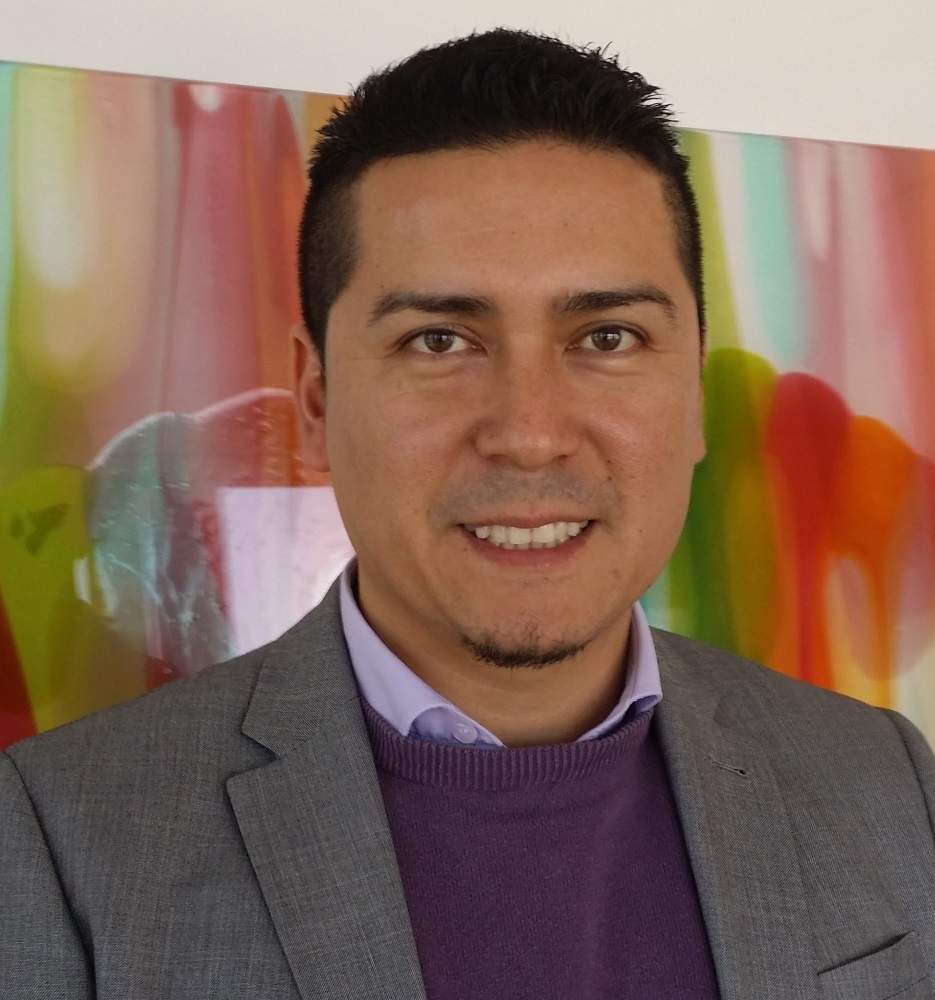
Short bio: Dr. Martin Serrano is the research director and scientific coordinator of the Internet of Things Unit (UIoT) within the Insight Centre for Data Analytics Galway (former DERI) at the National University of Ireland. Dr. Serrano has more than 15 years experience in ICT industry and applied scientific research within a wide range of successful European (FP5-FP7/H2020) collaborative software projects, Irish National Projects (HEA PRTLI, SFI) and also Enterprise Ireland (EI) innovation projects. He also leads Future Internet Research and Experimentation (FIRE) activities and IoT industrial innovation targeted projects. Dr. Serrano is a recognized IoT Expert with a strong background on applied semantic and systems interoperability, services and network management technologies. Dr. Serrano has been included in the list of top 25 key people influencing the Internet of Things (https://www.siliconrepublic.com/machines/2015/10/06/25-internet-of-things-iot-leaders-ireland), He has a leading role in the European Research Cluster for the IoT and he is board member at the Connected Smart Cities Network. Dr. Serrano is a continuous contributor to the Scientific, Research and Innovation agenda for Europe. He is also actively investigating, Semantic-based Cloud Infrastructures and Big Data Management. Data Bases Stream processing, Cyber-Physical Systems (CPS) Control, Privacy and Security aspects for IoT, Sensor Networks for the IoT and their deployment in cloud computing environments. Dr. Serrano is an active member of IEEE (Computer and Communication Societies) and ACM and He is the author of the book "Applied Ontology Engineering in Cloud Services, Networks and Management Systems" published by Springer, NY, USA and several book chapters on related areas.
